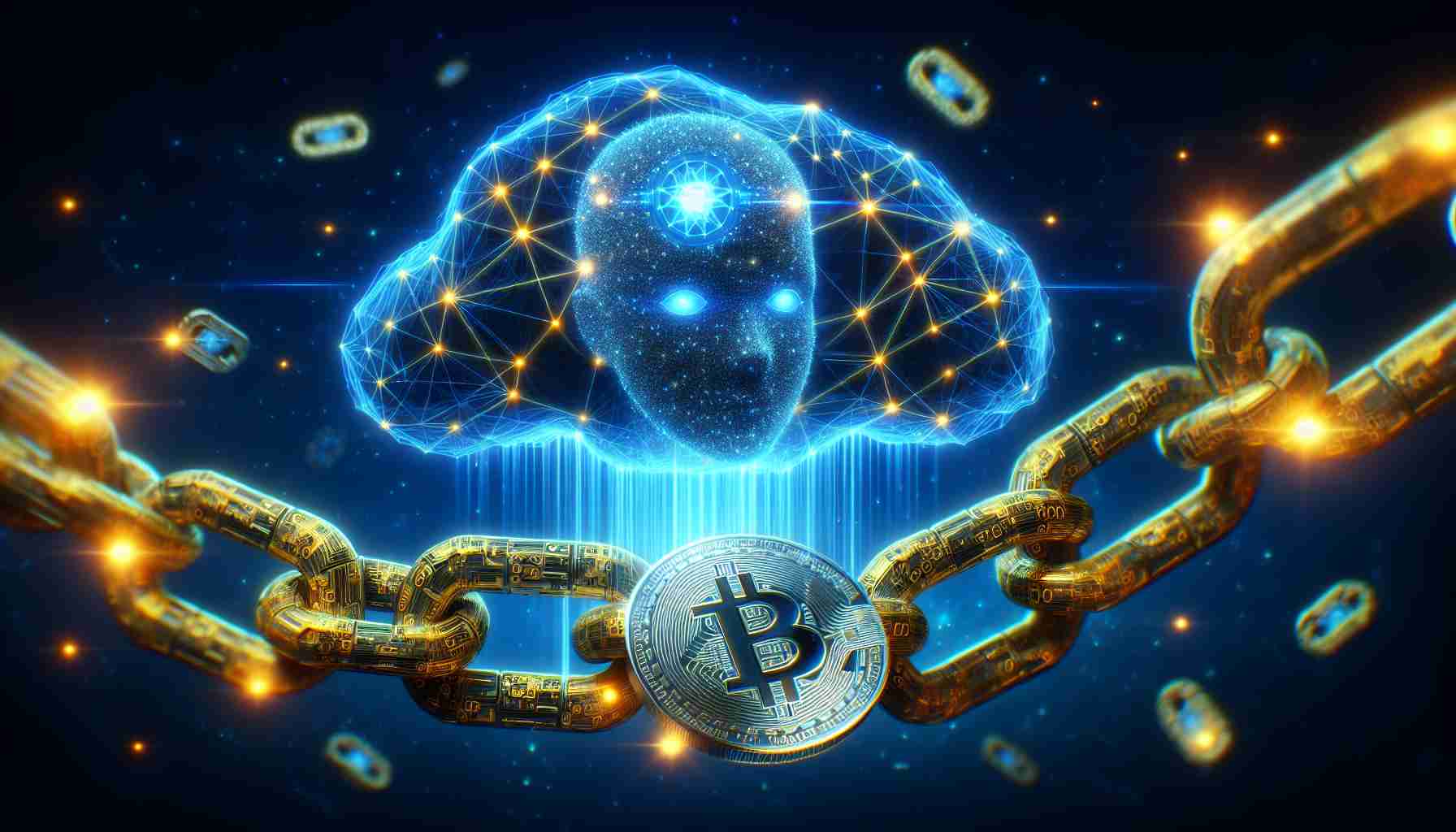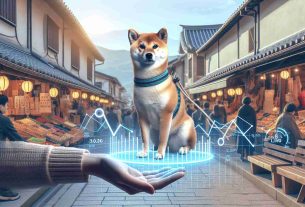Crypto tokens stand at the forefront of marrying artificial intelligence (AI) and blockchain technology, presenting pioneering advancements in secure and efficient digital ecosystems. By intertwining the immutable nature of blockchain with the data-driven capabilities of AI, these tokens are fostering an environment ripe for technological growth.
The innovative use of crypto tokens in this sphere is driving a significant transformation. Tokens serve as more than just digital currency; they embed into their design ways to motivate the contribution of quality data. This core mechanism ensures that AI systems receive accurate information, which is crucial for their learning and decision-making processes.
For example, the Render Network capitalizes on blockchain’s robust framework to organize a decentralized rendering service marketplace. Users pay with RNDR tokens to harness GPU power for tasks like AI model training. This synergy not only promotes a transparent service exchange but also fuels a collaborative computing space that benefits AI developers extensively.
Similarly, Fetch.ai spearheads the use of Autonomous Economic Agents, AI-driven entities capable of independent action and trade. Through a decentralized platform, these agents efficiently barter services and data, allowing for user-directed and streamlined interactions, bolstered today with a 16% increase in its token value.
Akash Network complements this landscape by providing a decentralized computing infrastructure favorable for AI endeavors. By utilizing AKT tokens, users can access and deploy AI models, ensuring a democratized reach to computational resources. Smart contracts play a pivotal role here, establishing a marketplace where transactions are conducted with trust and transparency, as reflected by the current 13% uptick in AKT’s price.
While the tech industry faces its ebbs and flows, as indicated by market responses to the latest AI announcements, the AI-associated crypto sectors persevere, reversing losses and charting a course for integrated digital innovation.
Important Questions and Answers:
What are the key challenges in integrating AI with blockchain?
The primary challenges in integrating AI with blockchain include:
– Scalability: Both AI and blockchain require high computational power, and blockchain’s decentralized nature can lead to scalability issues.
– Data Privacy: While blockchain promises enhanced security, the transparency it brings can conflict with the privacy requirements of AI data.
– Interoperability: Different blockchain platforms and AI systems may struggle to work seamlessly together.
– Cost: Processing large volumes of AI data on a blockchain can be costly due to the computational power needed for blockchain operations.
What are the controversies associated with integrating AI with blockchain?
– Centralization Risks: Some argue that the use of AI in managing blockchains could lead to centralization, which contradicts the idea of decentralization in blockchain.
– Ethical Considerations: AI decision-making processes on a blockchain, which is immutable, raise questions about accountability and ethics.
– Environmental Impact: Both AI and blockchain technologies (especially those using Proof of Work) are resource-intensive and can have a significant environmental footprint.
Advantages:
1. Enhanced Security: Combining AI’s predictive capabilities with blockchain’s tamper-proof ledger can drastically improve security against fraud and cyber-attacks.
2. Trustworthy Data: AI can enhance the validation of data on blockchains, ensuring that the information is accurate for transactions and smart contracts.
3. Efficiency: Automating processes with AI on blockchain networks can increase efficiency and reduce the need for intermediaries.
4. Decentralized Marketplaces: Blockchain enables the creation of decentralized marketplaces that AI can utilize for autonomous buying and selling activities.
Disadvantages:
1. Complexity: Integrating two complex technologies like AI and blockchain can be difficult and can increase the barrier to entry for businesses and developers.
2. Cost: The costs associated with running AI algorithms on blockchain can be high, which might be a deterrent for small or medium enterprises.
3. Regulation: There is a lack of clear regulation guiding the integration of AI and blockchain, creating an environment of uncertainty for stakeholders.
4. Energy Consumption: The energy demands for operationalizing both technologies, especially blockchain’s Proof of Work consensus algorithms, are significant.
Suggested Related Links:
To gain more insight on this topic and related developments, you can visit trustworthy sources like:
– CoinDesk
– Cointelegraph
– Forbes
Please ensure that any links provided are verified and valid before referencing them.



